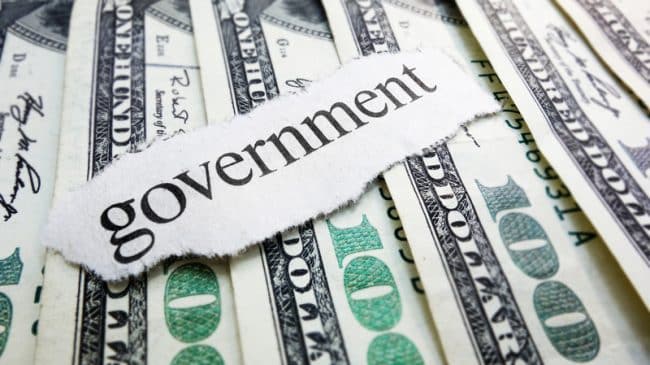For decades, Federal Reserve (Fed) policy has been to try and create soft landings for the economy in times of economic crisis, in an attempt to shield the nation from the painful adjustments that come along with market-wide corrections in investments and production. However, this has not proved a long-term solution for sustainable economic growth, and the recent financial crisis has called into question conventional wisdom related to macroeconomic thought and stabilization policy.
It is necessary for the economy to cleanse itself of bad investments after a bubble bursts and readjust itself through a reallocation of misplaced resources. As a result, some of the Fed’s policy responses to the crisis have prolonged this painful process, dragging out the economic woes of the country.
This paper takes a look at the monetary origins of the financial excesses in the first decade of the 21st century and the connections between monetary policy and the housing bubble. We also closely examine the intimate connections between monetary policy and movements in asset prices. We find that experiences with the current monetary policy regime-in light of the financial imbalances of the boom years, the ensuing crisis and its aftermath-clearly demonstrate the urgent need for monetary reform.

